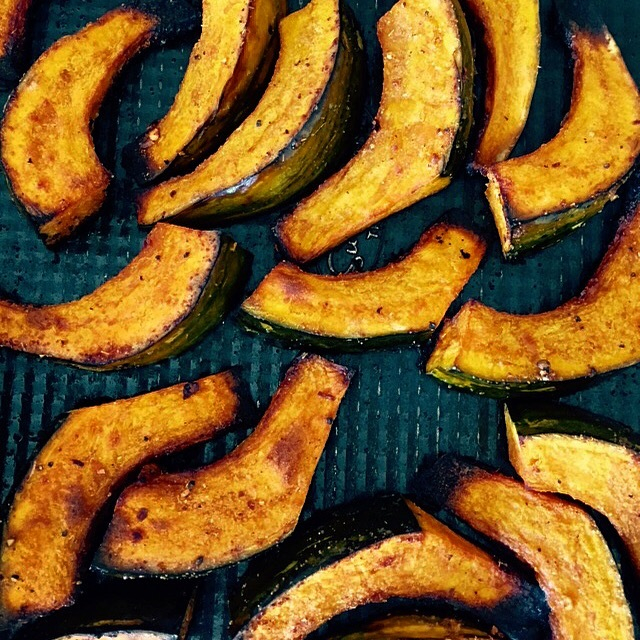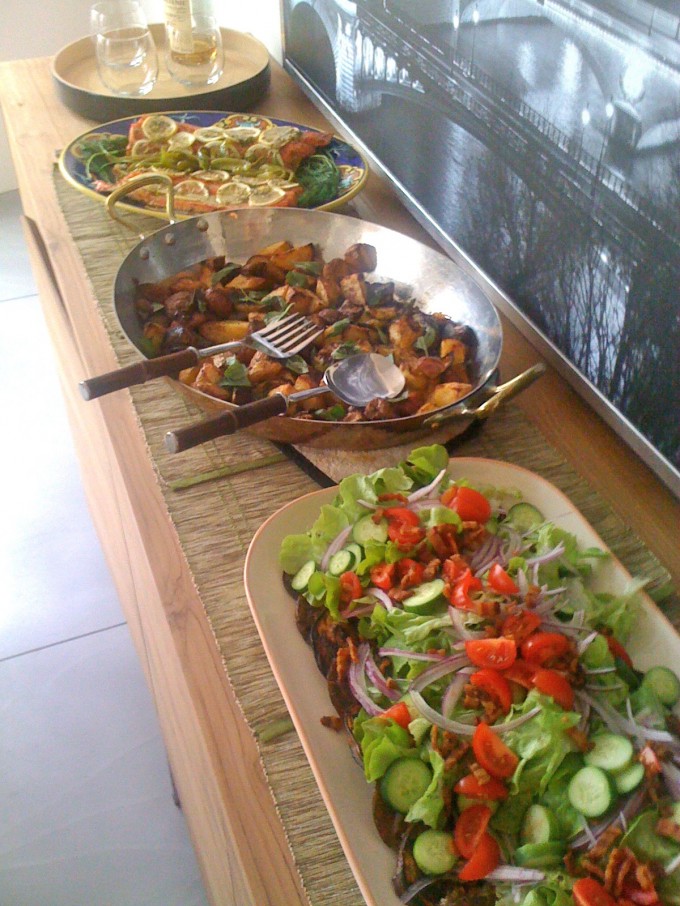
Time to shake things up. Up to now, I haven’t shared a single post about cooking – recipes, tips, how-to’s, etc. – which is pretty crazy. My love of being in the kitchen is what got me into the nutrition field in the first place. And it is a lot easier to make eating well a priority if the healthy food you are cooking and eating actually tastes good. I should be showing you how to do that! So from here on out, I’m going to be sharing a lot more of this type of stuff. It’s fun for me, and hopefully useful for you. Let me know if you’re into it.
First up, how to breakdown a squash. It struck me the other day that if people are limiting themselves to the pre-cut butternut squash at their local Whole Foods, they are missing out on lots of the delicious varietals that don’t come conveniently pre-disassembled. Kabocha, delicata, spaghetti…so many options, each of which have a slightly unique taste and texture. My favorite happen to be the types with edible skin (delicata, kabocha, acorn), because they are quicker to prepare (less peeling) but also because I love the contrast of the soft dense flesh and crisp, almost crunchy skin.
There is no right or wrong way to cut up a squash (or maybe there is according to Thomas Keller, but not for us mere mortals). Just keep in mind that if you want to keep all of your fingers intact, a sharp knife is a total necessity and creating a flat surface to stabilize the squash is always better than trying to cut through it while balancing the round surface on your cutting board.
How do you cut your squash? Whats your favorite variety and how do you prepare it?
[youtube]https://www.youtube.com/watch?v=9eYvCLvXRSI[/youtube]
